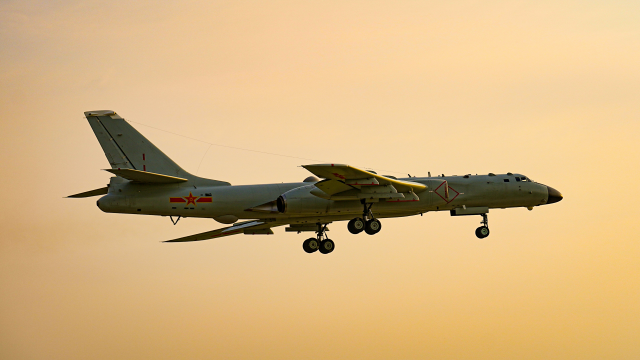Over the last two decades the US and Chinese militaries prepared for potential kinetic conflict. The United States, informed by events in the Middle East and 9/11, has focused its efforts and resources on defending against a terrorist attack and performing counterinsurgency operations in Afghanistan and Iraq. China followed a different route. Beijing’s military policy calls for modernization of the People’s Liberation Army (PLA) and restructuring of its forces to handle a regional conflict, most likely one involving the United States. According to the recent RAND study Preparing for Great Power Conflict: How Experience Shapes US and Chinese Military Training, it surmises that “Despite having no combat experience since the 1979 Sino-Vietnamese War, the PLA has conducted an in-depth study of all aspects of the US military’s technological and operational capabilities—including its organization, command and control, logistics, joint operations, and concepts of operation—since the 1990s.” The PLA’s lack of direct modern combat experience means that it is depending heavily on observations of US operations. It may not be enough for the PLA to win a Pacific conflict.
China incorporates what it learns abroad into its military training programs to improve its readiness and performance in a future war. However, the United States has only opposed technologically inferior, non- peer adversaries in recent history, according to the study. Does Beijing’s approach improve its chances for a positive military outcome? The question is particularly relevant today given China’s relations with its neighboring countries and military activities in the South China Sea. The RAND study determined that the “PLA gains experience through a structured process involving observation of wars and study of military science through a Marxist-Leninist lens, concept development, experimentation, demonstration, and implementation and training across the force.”
The US military has a mostly indigenous experiential model based on direct combat but, it adds, “indirect experimentation figures more prominently as the global threat picture changes and near-peer adversaries seek to undermine the global security position of the United States.” Over the last two decades both countries’ military experiences raise concerns about the sufficiency of training programs. In this regard, China has an advantage in the focus it applies to concepts and capabilities needed to deter, delay, or defeat a US force entering China’s neighborhood. It stresses the home field advantage.
In response to Chinese military advances Washington has moved into a reactive mode, in part, due to the high cost of a kinetic intervention. The US is attempting to develop concepts and capabilities that will allow it to alter the equation in Washington’s favor. It possesses adaptive and innovative capabilities that outpace China’s based on its direct experience. The report points out the US military also has a head start over China in operational concepts “stressing networked precision strikes against key systemic nodes.”
The high quality of US military training and its agility to adapt to meet a changing threat environment provides Washington an advantage over the communist giant. RAND says that “Time is an advantage for the United States when it comes to conceptual and functional change in preparing for major power conflict. The PLA’s focus on preparing to fight the United States appears nearly singular in some respects but involves massive revisions of the PLA’s command culture. These revisions must occur in an environment already fraught with changing priorities on other fronts.” To date, the PLA cannot duplicate US efforts. That doesn’t mean the balance cannot change. Chinese training and exercise methodologies, tools, and infrastructure are improving at a rapid pace. To catch up, however, the PLA needs direct kinetic combat experience that it lacks in the current generation. It may be willing to risk regional war to gain it. For the US to maintain an advantage, policymakers and senior warfighters need to expand the intelligence community’s ability to assess PLA readiness for a major power conflict. One key component for Washington is to gain an understanding, from the CCP leadership’s perspective, on how it incorporates kinetic military experience into its decision to employ force.
Analysts in Washington discuss the possibility of an attack on Taiwan but differ greatly on its likely timing and the type of incursion. Better understanding Chinese policymakers will aid Washington in designing its deterrence approaches for its Pacific operations. Adaptability and innovation are key components in determining if China can win a regional war. It is an area where the US excels. The CCP’s routines and culture are slow to change. It figures prominently in its potential successes.
The US’ early start on operational concepts, says RAND, stresses networked precision strikes against key nodes in a larger system, although China still has the home field advantage. “US forces and the US defense industrial base supporting them,” it concludes, “have been engaged in joint combat operations on a global scale for three decades and have worked regularly with allies and partners in ways that dwarf the PLA’s experiences with its limited partnerships.” Given Beijing’s domestic and other foreign policy challenges the PLA will need to overcome its inertia to compete effectively in the Pacific against America and its allies. It does not guarantee China will choose to avoid kinetic conflict.
Daria Novak served in the U.S. State Dept.
Photo: China bomber during training exercise (China Defence Ministry photo)
